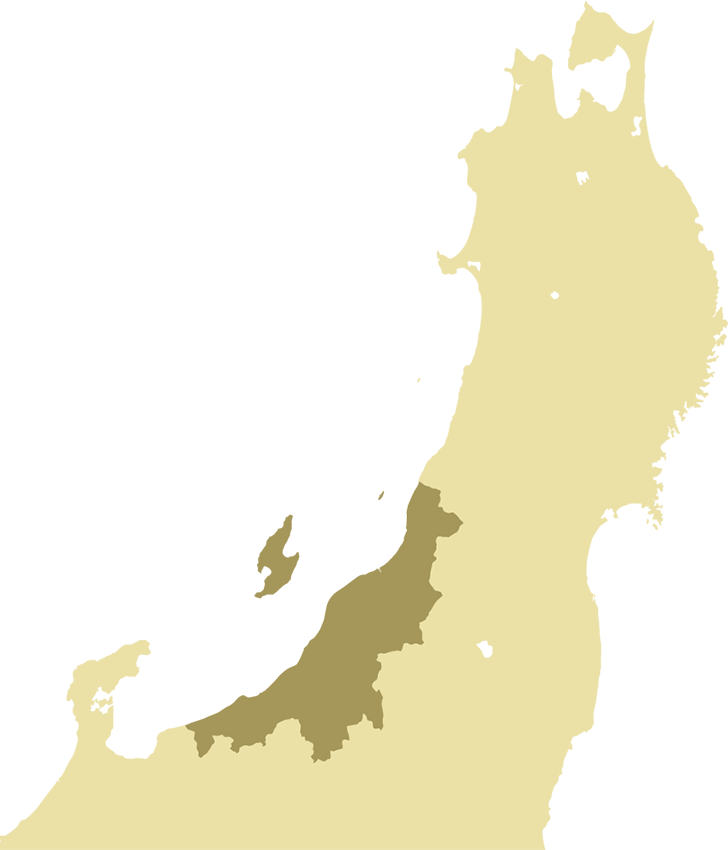Unique tsuiki copperware




The vases in the suite rooms are made using a traditional Niigata hammering technique known as tsuiki douki. A sheet of copper is beaten many thousands of times with metal hammers. No two items are the same, as each has a slightly different hue and shape. When seasonal flowers and plants are arranged in these vases, the dull gleam of the copper seems to make their colors even brighter.


